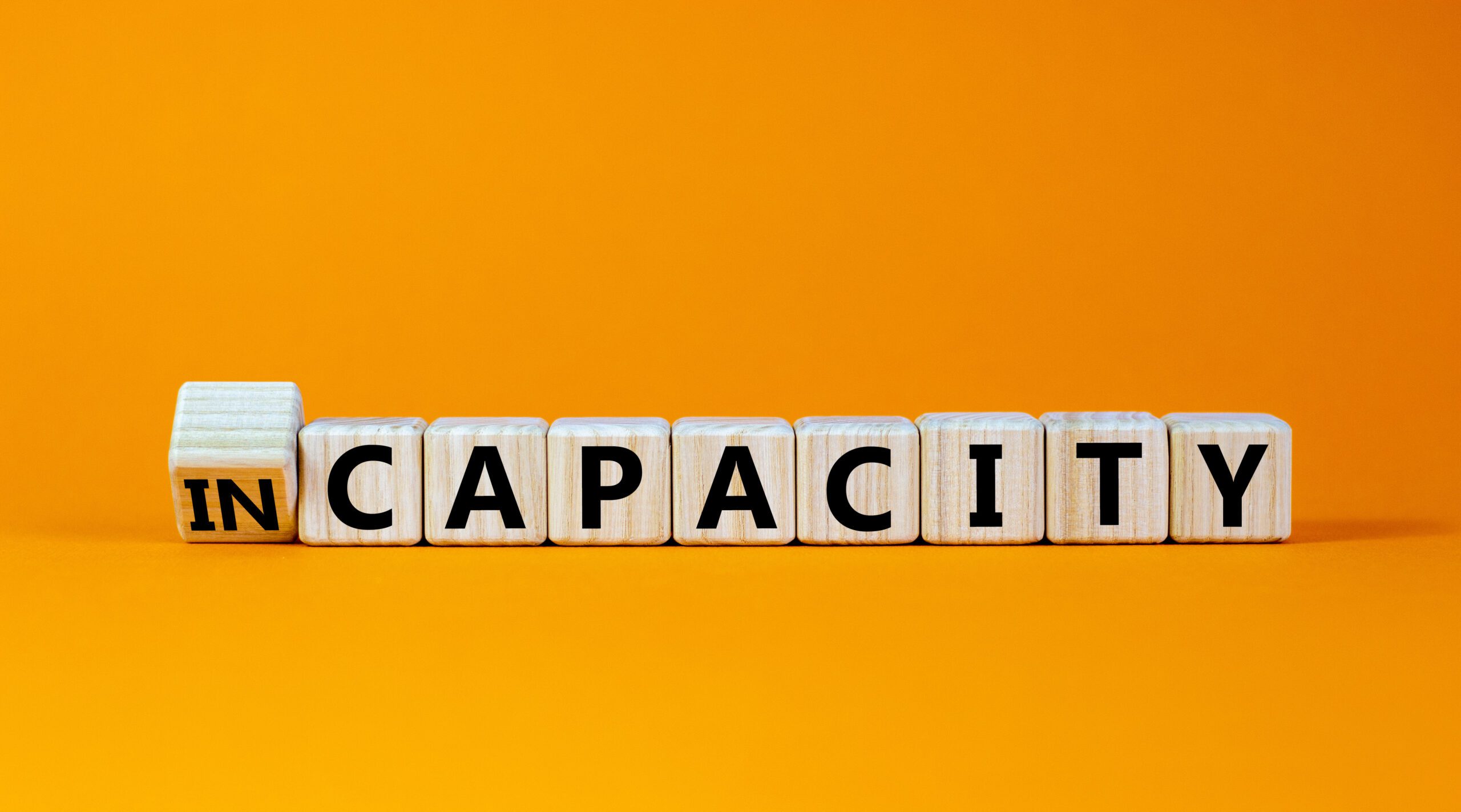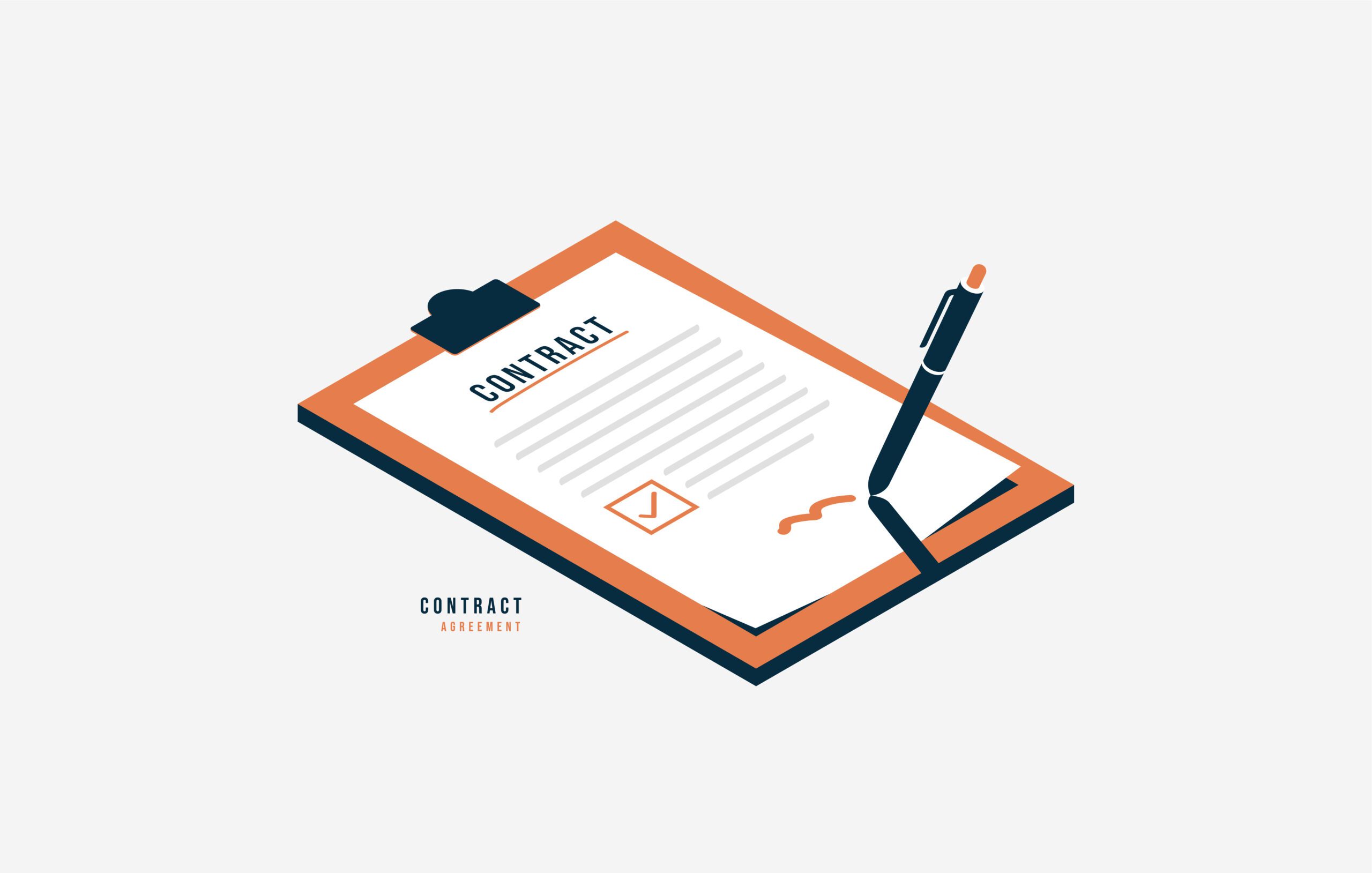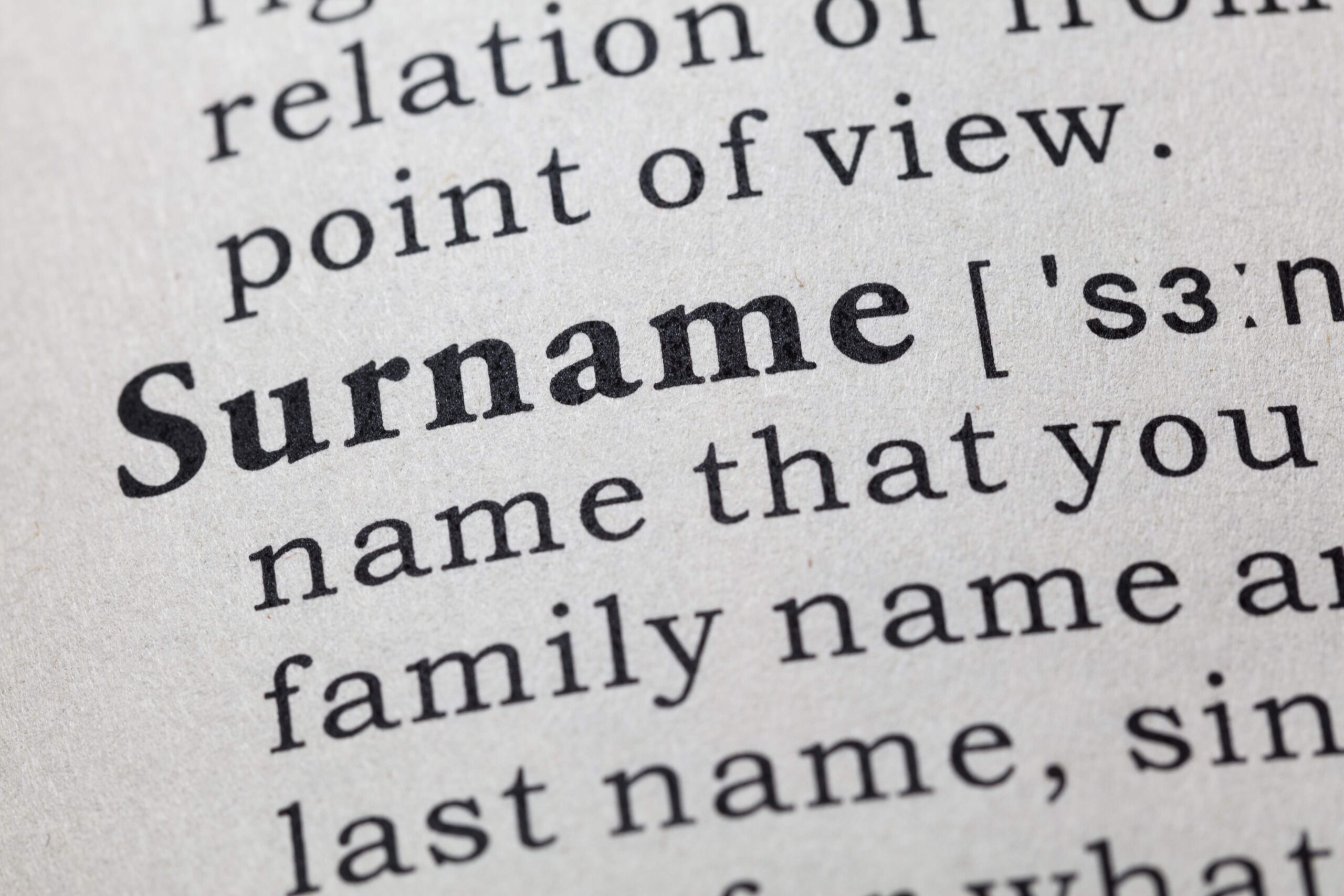Beware of companies that say they will indemnify AI use, that they will pay ALL the legal costs incurred by customers using Generative AI services (like ChatGPT, CoPilot, or Bard). Why? Because there are so many variables at play. For example, covering customers with 100% protection is an improbable business plan that would most certainly put any company out of business. In this post, I share what to look for when reading the company’s terms of use. Info that will allow you to make more prudent decisions.
What does it mean to indemnify?
Before we talk about indemnify AI use, let’s define the term indemnify. What does it mean? It simply means if you get sued by someone suing you, e.g., for infringement, the company who indemnifies you will cover the costs. That sounds great, doesn’t it? It appears to give you free reign to go and use other people’s content without permission or without a license. It appears to give you permission to someone’s content, transform it using AI tools, and never have to worry about suffering the consequences. Awesome!! But hold on bucko, things are not always as they appear. In this instance, the statement, “We will indemnify you …” is replete with underlying exceptions. In fact, it’s reminiscent of social media companies saying, “you own your content.” But then when you read the small print located in the tiny voluminous terms of use, you see that you give away so many rights, you wonder what good is the statement “you own your content” when you’ve said YES to worldwide usage by others?
Read the Terms of Use regarding Indemnify AI Use
Companies like Adobe, Microsoft, Google, Shutterstock are saying, “we will indemnity you against 3rd party infringement claims.” But let’s take a look at the language, because the devil is in the details. By way of instruction, let’s look at a sampling of Microsoft’s CoPilot Copyright Commitment terms. They state in part:
“Today, we announced the Microsoft Copilot Copyright Commitment, a new benefit that extends our existing intellectual property indemnity support to commercial Copilot services and builds on our previous AI Customer Commitments.” This sounds great, but wait, there’s more!
“Starting October 1, 2023, Microsoft is offering to defend customers from IP infringement claims arising from the customer’s use and distribution of the output content generated by Microsoft’s Copilot services.” The claim must arise from customer’s use and distribution of the output content generated by Microsoft’s Copilot services. First it says, “Use and distribution” and then “of content generated by Microsoft’s Copilot services.” This does not apply to other Microsoft services, just CoPilot. In the midst of a lawsuit, these could become sticking points.
“Specifically, should a third party sue a commercial customer….” The terms state the customer must be a commercial customer. You might overlook that, but Microsoft’s lawyers won’t. Neither would I.
“[w]e will defend the customer and pay the amount of any adverse judgements or settlements that result from the lawsuit, as long as the customer used the guardrails and content filters we have built into our products.” As long as the customer used the guardrails and content filters we have built into our products. Whenever you see words lie “because, but not, so long as, if, as long as…” beware there is a condition afoot.
More conditions. “Specifically, the Copilot Copyright Commitment will:
- Cover third-party IP claims based on copyright, patent, trademark, trade secrets, or right of publicity, but not claims based on trademark use in trade or commerce, defamation, false light, or other causes of action that are not related to IP rights.
- Cover the customer’s use and distribution of the output content generated by our Copilot services, but not the customer’s input data, modifications of the output content, or uses of output that the customer knows or should know will infringe the rights of others.
- Require the customer to use the content filters and other safety systems built into the product and the customer must not attempt to generate infringing materials, including not providing input to a Copilot service that the customer does not have appropriate rights to use.
I used Microsoft’s terms, but to be clear, all of the vendor terms offering to indemnify a customer will likely be the same or very similar. My recommendation: READ THE TERMS CAREFULLY BEFORE YOU START TO USE THE SERVICE. Bottom line, things are not always as they appear. Consider consulting with a competent attorney in understanding how the terms apply to you and the facts of your situation. Do so BEFORE you start to use.
I am Attorney Francine Ward here to help you protect what’s yours. Feel free to follow me on Facebook, Instagram, Pinterest, YouTube, Twitter.

Francine D. Ward
Attorney-At-Law, Author, Speaker
Follow Francine:
Don’t miss Francine’s Latest Blogs:
- Sweepstakes ScamsSweepstakes Scams. The Federal Trade Commission (FTC) has settled with several operators of a sweepstakes scam. The scam bilked consumers out of millions of dollars. Included in the settlement agreement,… Read more: Sweepstakes Scams
- Incapacity PlanningIncapacity Planning. Incapacity is an unexpected wrinkle in your estate plan. I am a planner. I make plans, I like making plans, and sometimes my plans go awry. Despite any… Read more: Incapacity Planning
- Publishing contractsPublishing contracts The publishing contract is an agreement that defines the relationship between an author and her publisher. Publishing contracts typically contain elements that speak to territory, rights, ownership, financial… Read more: Publishing contracts
- What is a Habit?As we enter springtime, you may feel far away from your New Year’s resolution. That may be because of the success rate of NYE resolutions. In fact, January 17 is… Read more: What is a Habit?
- Common Contract MistakeCommon Contract Mistake #1. Not Having Written Agreements with EVERYONE You Do Business With. Common contract mistake. Without question, the most common contract mistake is not having the terms of… Read more: Common Contract Mistake











